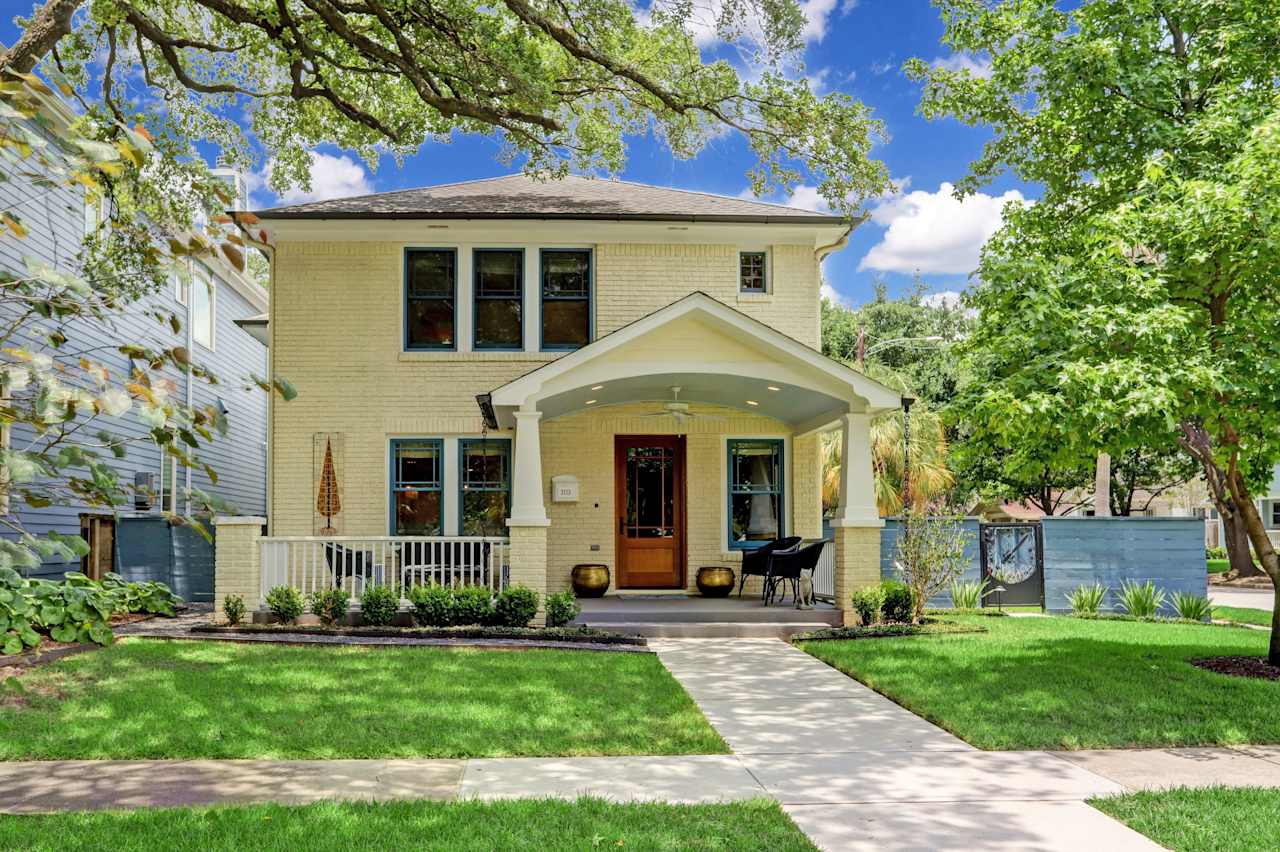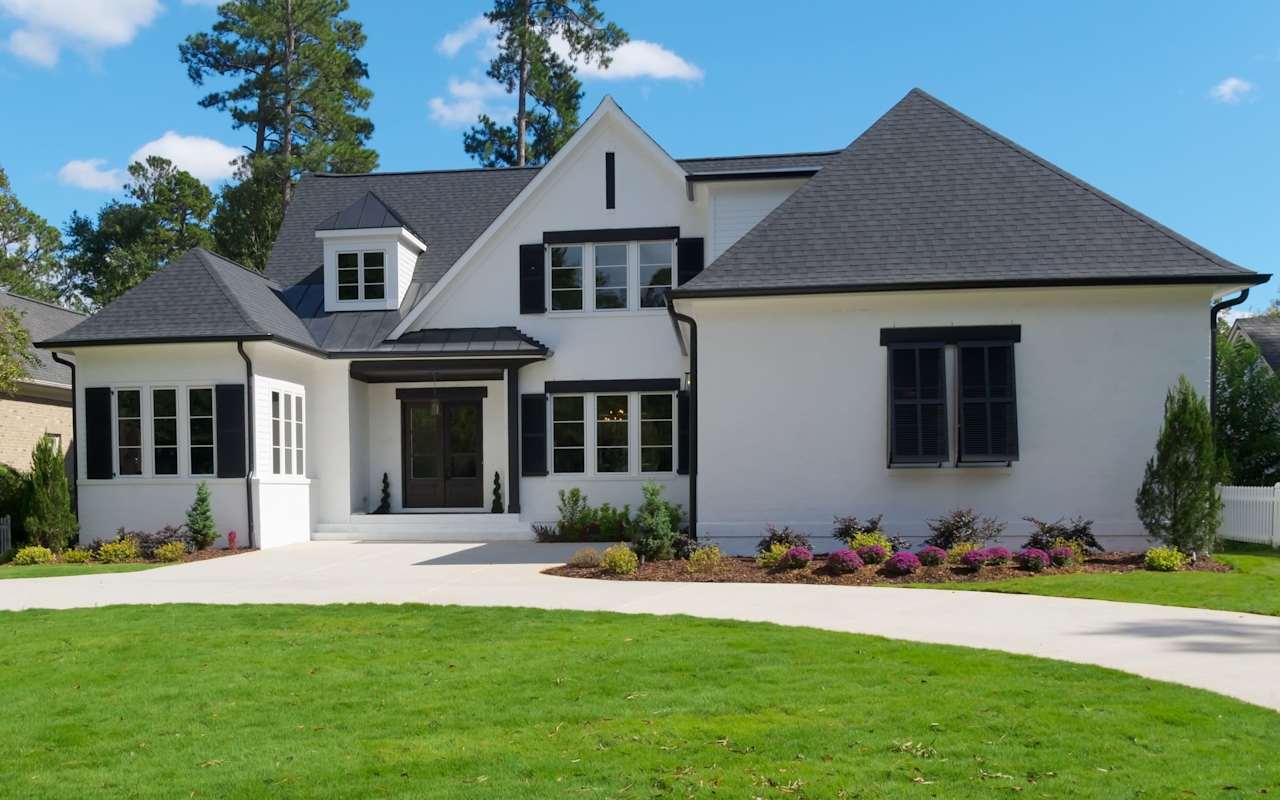If you work at the Texas Medical Center or plan to, housing decisions often revolve around one thing: the commute. Long shifts, on-call nights, and packed schedules make proximity and predictability priceless. Whether you are buying, selling, or investing near TMC, understanding how the medical calendar and workforce dynamics shape demand can help you move with confidence.
In this guide, you will learn how TMC employment drives buyer timelines, where different buyer cohorts tend to land, which home features matter most, and how to time your sale or purchase. You will also get practical tips tailored to Rice/Museum District, Braes Heights/Braeswood, and West University Place. Let’s dive in.
Why TMC fuels steady demand
The Texas Medical Center is widely described as the world’s largest medical complex, bringing together hospitals, research institutes, and academic programs in one place. That concentration creates a large, stable base of clinicians, researchers, trainees, and support staff who need housing nearby.
This workforce is diverse. Shorter-term trainees and graduate students often rent or buy entry-level condos and townhomes. Mid-career clinicians look for single-family homes in established neighborhoods. Senior physicians and administrators often prioritize larger homes, privacy, and prestige streets. Because these groups overlap, you see persistent, year-round demand with seasonal peaks.
Timelines that shape moves
Residency and academic cycles
- Match Day arrives in March for incoming residents. Many move between May and July to start training, which tightens rental inventory and accelerates decisions.
- Postdoctoral and academic hires often follow summer and fall grant cycles. That adds off-peak demand and supports a steady flow of qualified buyers and renters.
What this means for you
- If you are buying: Start early if you need a summer move. Get pre-approved and clarify your must-haves so you can act quickly when the right home appears.
- If you are selling: Listing in late winter or early spring helps capture interest from incoming residents and new hires. Be ready for May to July closings.
- If you are renting: Expect higher demand and faster lease-ups late spring to early summer. Furnished and short-lease options see strong interest near TMC.
Commute matters most
Many medical professionals aim for a 10 to 20 minute commute. The hours can be long and unpredictable, so reliability matters as much as distance.
- Driving: Highlight realistic drive times at peak and off-peak hours when evaluating listings. Quick routes that bypass major choke points can win the day.
- Transit: The METRORail Red Line and METRO bus routes serve the Museum District and TMC. Employer and campus shuttles can further shorten perceived distance.
- Practical tip: When you tour homes, test the commute at a time that matches your typical shift. You will get a clear read on traffic, parking, and time buffers.
Neighborhood fit near TMC
Rice/Museum District
This area draws medical and research professionals who value walkability, culture, and transit access. You will find high-end apartments, condos, townhomes, and smaller single-family options. Price per square foot often runs higher than many parts of Houston, reflecting proximity and amenities.
- Best fit: Trainees, single physicians, researchers, and professionals who want urban convenience and minimal exterior maintenance.
- What to watch: HOA dues and rules for condos and townhomes, including rental restrictions and special assessments.
Braes Heights/Braeswood
These established single-family neighborhoods offer larger lots, mature trees, and a short drive to TMC. The area includes mid-century homes, remodeled bungalows, and some new construction. It appeals to mid-career clinicians and families who want space and convenience without a long commute.
- Best fit: Buyers seeking a 3 to 4 bedroom home, a yard, and a neighborhood feel close to TMC.
- What to watch: Flood risk varies block by block. Always review FEMA and Harris County floodplain maps, property flood history, and insurance needs.
West University Place
West U combines a residential feel with quick access to TMC, Rice University, and the Inner Loop. Expect higher-priced single-family homes, well-kept streets, and strong municipal services. Condo options are limited compared with the Museum District.
- Best fit: Established faculty, medical leaders, and families who prioritize neighborhood stability and a short drive or bike ride to TMC.
- What to watch: Verify current school zoning and city permit requirements when planning remodels or additions.
What medical buyers prioritize
Medical employment influences home features and daily routines. Sellers and buyers should focus on practical advantages that make a tight schedule easier.
- Short, reliable commute with clear driving and transit options
- On-call logistics: a quiet spare bedroom, second bathroom, blackout shades
- Reserved or secure parking, especially for late-night returns
- Low-maintenance exteriors and durable, easy-to-clean interiors
- A dedicated home office and strong internet for telemedicine or research
- Laundry or mudroom space for quick changes between shifts
- Nearby essentials: childcare, grocery, urgent care, and restaurants with varied hours
- Backup power or generator capability for peace of mind during severe weather
- For families: proximity to parks and verification of current school assignments
Price sensitivity and negotiation plays
Who is most price-sensitive
- Trainees: Highly budget-focused and more likely to walk if monthly costs are high.
- Mid-career clinicians and staff: Moderate sensitivity, with emphasis on predictable HOA and maintenance costs.
- Senior clinicians and administrators: Lower sensitivity, with greater focus on privacy, fit, and long-term comfort.
Tactics that work
- Flexible occupancy: Rent-backs, early occupancy, or closing dates aligned to hospital start dates
- Lease-to-purchase or short-term rental bridges for new hires awaiting relocation approvals
- Include appliances or furnishings, especially for furnished condos popular with trainees
- Streamlined inspections and off-hours showings to fit clinical schedules
- Consider an above-market earnest deposit or a seller leaseback to smooth timing
For sellers, late winter to spring listings put you in front of incoming residents and academic hires. For buyers, a clean offer with flexible terms can help you stand out even if you are not the highest price.
Investment and rental angles
Rental demand near TMC is consistent, supported by recurring trainee cohorts and hospital hiring. Furnished units and short-term leases often command premiums close to campus.
Condos near TMC can work for a buy-to-rent approach, but it is essential to review HOA rules, rental caps, and the potential for special assessments. If you invest, diversify your tenant targets across residents, nurses, researchers, and administrative staff to reduce vacancy risk.
Risks and due diligence to prioritize
- Flood risk: Review FEMA and Harris County floodplain maps, elevation certificates, and the property’s flood history. Discuss flood insurance early.
- HOA and condo rules: Understand pet policies, rental restrictions, and any pending or recent special assessments.
- Parking and permits: Night-shift workers need reliable parking. Confirm street permit rules, garage access, and guest policies.
- School zoning and municipal services: Verify current school assignments and city services before you buy.
- Market concentration: Neighborhoods with a high share of TMC-linked buyers can fluctuate if institutional hiring changes. Tailor marketing to broader audiences when selling.
How to use this insight in your move
If you are buying, start with timeline clarity. Work backward from start dates, grants, or school calendars, and set your budget and criteria before peak season. Prioritize commute testing and home features that support on-call life.
If you are selling, plan to hit the market in late winter or early spring with clear messaging about commute times and on-call friendly features. Consider staging a bedroom as a quiet retreat, add signage for reserved parking, and highlight practical upgrades like generator readiness or recent electrical updates. Flexible terms and off-hours showings can attract busy medical buyers.
Ready to plan your timeline or talk strategy for your home near the Texas Medical Center? Connect with Unknown Company to request a complimentary home valuation and consultation.
FAQs
When to list to attract medical residents?
- Late winter to spring positions your home for May to July move-ins tied to Match Day and residency start dates.
Are condos near the Texas Medical Center a smart buy?
- They fit steady rental demand from trainees and single clinicians, but review HOA rules, rental caps, and assessments before you commit.
How important is walkability vs. a short drive to TMC?
- Many buyers value the shortest reliable commute, whether that is walking, METRORail access, or a 10 to 20 minute drive.
What home features matter most to clinicians near TMC?
- On-call bedroom, secure parking, low-maintenance finishes, a home office with strong internet, and proximity to essentials.
Should I be concerned about flood risk around TMC-area neighborhoods?
- Yes. Flood exposure varies by block, so always check floodplain maps, property history, and insurance requirements.
Which neighborhoods near TMC fit different buyer types?
- Rice/Museum District suits walkability and low-maintenance living, Braes Heights/Braeswood suits single-family needs close by, and West U suits established buyers seeking a short drive.







